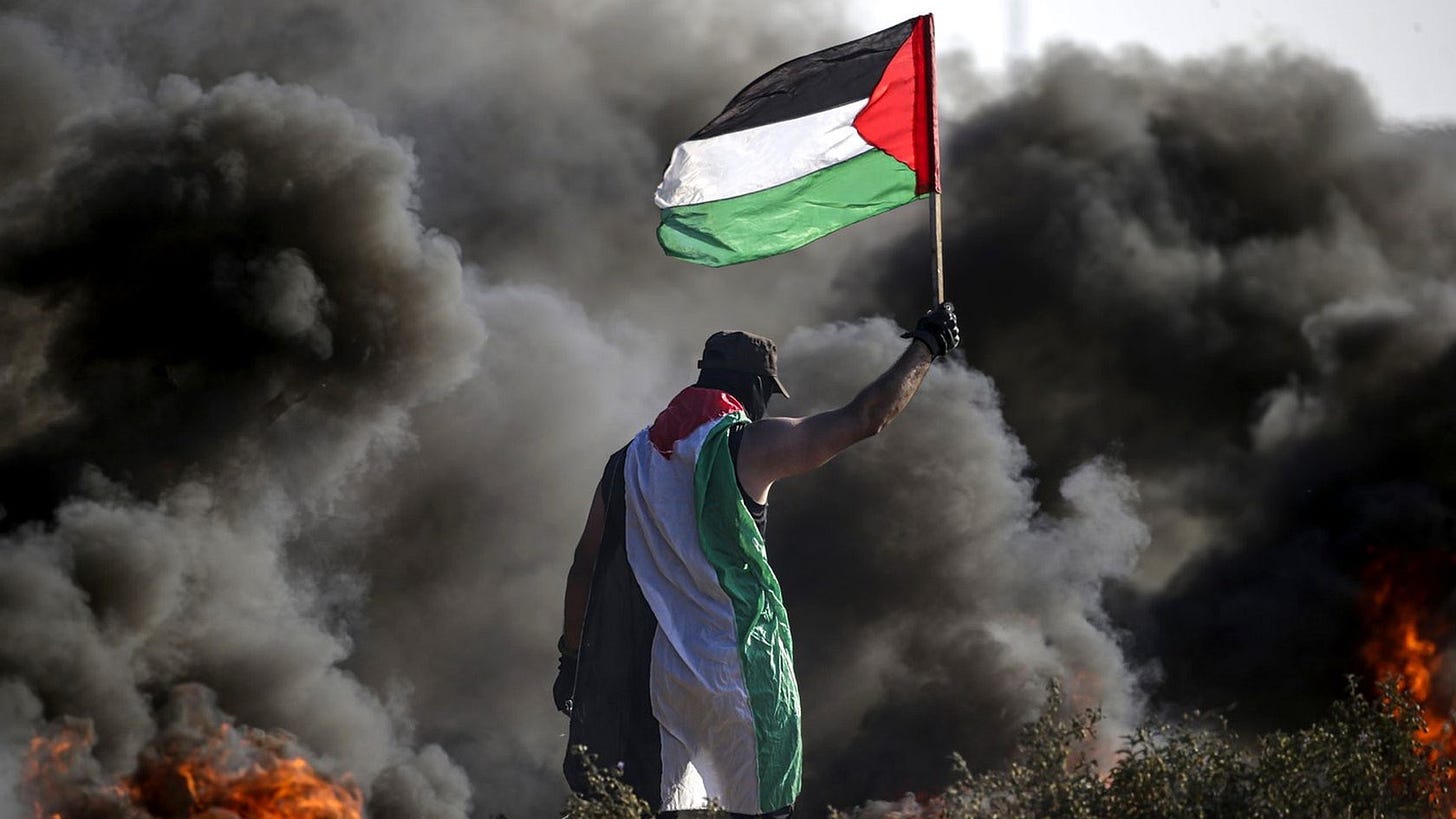BEHIND THE TRUMP ‘PEACE’: What Washington Won’t Tell You About the Israel-Gaza Ceasefire
The fragile deal forces the U.S. to share diplomatic credit with Russia, exposing the true cost of transactional diplomacy.
DC DAILY LETTER | October 13, 2025
By RL, Founder & Editor
A ceasefire in Gaza, declared just days ago, has been touted by the White House as a major diplomatic victory for the administration. For a presidency often criticized by allies for its “transactional” approach, the deal offers a crucial win—a cessation of open hostilities and a tentative plan for hostage releases. But here in Washington, the real pulse is found in the anxieties and unanswered questions that swirl behind the public spectacle.
The truth is, this “peace” is fragile, and the deal’s fine print reveals more about the shifting global power structure than it does about lasting stability.
The Problem of Shared Credit
One of the most alarming aspects for the U.S. foreign policy establishment is the documented role of Russia in brokering the deal. Reports confirmed that the Kremlin was involved in talks, a fact that forces the U.S. to share diplomatic credit for the cessation of hostilities with its chief geopolitical rival.
This isn’t just about optics. It signals a major shift: in a region where the U.S. once held undisputed sway, Washington is now compelled to negotiate and accept a framework partially sanctioned by Moscow. This undercuts U.S. leverage not only in the Middle East but also in other conflicts, most notably Ukraine. It sends a message to American allies that they must now operate in a world where key diplomatic outcomes are co-authored by adversaries.
The Unsolved Equations of Aid and Security
While the world breathes a sigh of relief, the difficult and dangerous work of implementation remains. The deal is deliberately vague on several critical issues that D.C. policymakers must now tackle:
* Humanitarian Aid vs. Security: How will the U.S. ensure the billions of dollars in international aid required for reconstruction are delivered without falling into the hands of militant groups? This involves complex, risky oversight that the Pentagon and State Department are already wrestling with.
* The Day After: There is no credible, detailed plan for the long-term governance of the region. The ceasefire merely postpones the inevitable political confrontation over who—or what—will assume administrative control, guaranteeing the conflict will shift from the battlefield to the diplomatic table, likely before the year is out.
* Iran’s Shadow: Any regional stability is contingent on U.S.-Iran relations, which remain at a near-boiling point. While the ceasefire removes a short-term pressure valve, it does nothing to address the fundamental non-proliferation issues and proxy conflicts that define the two nations’ rivalry.
The Cost of Transactional Diplomacy
This deal exemplifies the administration’s preference for “bullying bilateralism” and quick, high-impact transactions over long-term, multilateral institution-building. It secured a pause but failed to solidify a durable diplomatic structure, creating an unstable foundation that could collapse at any time.
For Washington, this is a moment for cautious analysis, not premature celebration. While the cameras capture a diplomatic “win,” the hard truth is that the region has been left vulnerable, and America’s diplomatic role has been compromised by the acceptance of a deal shared with an adversary.
The real measure of this ceasefire will not be found in the headlines of today, but in the stability of the region six months from now. And right now, the Washington prognosis is far from optimistic.


